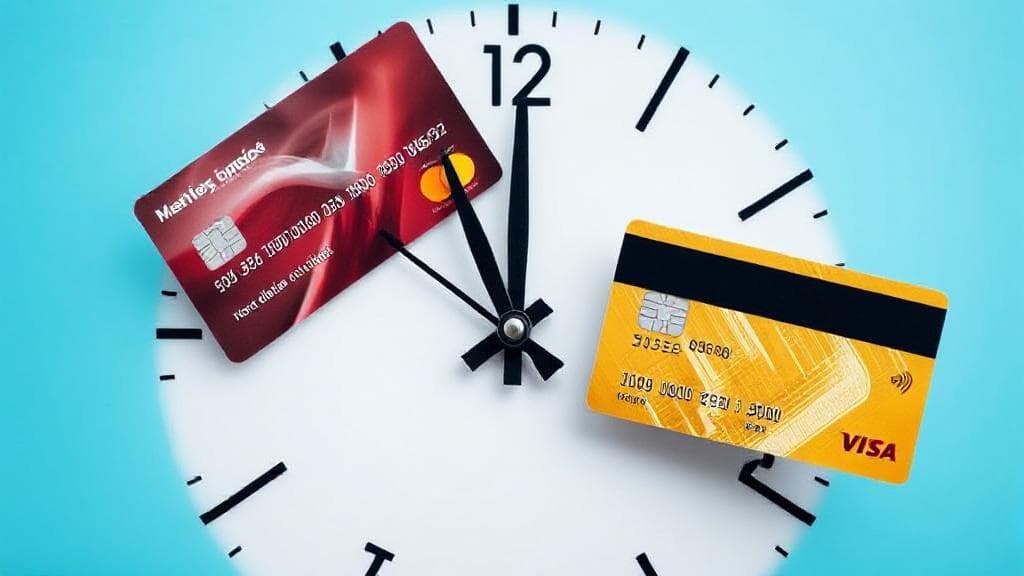Introduction to Balance Transfers
Balance transfers can be a strategic financial move for those looking to manage their debt more effectively. By transferring high-interest credit card debt to a card with a lower interest rate, you can save money on interest payments and pay off your debt faster. This process involves moving debt from one credit card to another, typically to take advantage of promotional rates, such as 0% APR for a certain period.
Typical Timeline for Balance Transfers
Most balance transfers take between 5-7 business days to complete, though some transfers may take up to 14-21 days. Here's a detailed breakdown:
| Stage | Typical Duration |
|---|---|
| Application approval | 1-7 days |
| Transfer processing | 3-14 days |
| Funds posting | 1-2 days |
| Old account crediting | 1-3 days |
Card Issuer Policies
Different credit card companies handle transfers at different speeds. For example:
- Chase typically processes transfers in 7-10 days
- Citi usually takes 2-21 days
- American Express generally completes transfers in 5-7 days
Factors Affecting Transfer Times
Several factors can influence how long a balance transfer takes:
- Credit Card Issuer: Different issuers have different processing times
- Transfer Method: Electronic transfers are usually fastest (3-5 business days)
- Amount of Debt: Larger amounts might take longer to process
- Existing Relationship: Having an account with the new issuer might speed up the process
- Weekends and Holidays: Transfers may be delayed during non-processing days
- Verification Process: Additional verification requirements can extend processing time
Important Considerations
Pro Tip: Keep making payments on your old card until you confirm the balance transfer is complete to avoid late fees and credit score impacts.
Balance Transfer Fees
Most cards charge a fee of 3-5% of the transferred amount. For example:
Steps to Ensure a Smooth Transfer
Before the Transfer
- Check your credit score
- Compare balance transfer offers
- Calculate total costs including fees
- Verify transfer limits
- Gather necessary information (account numbers, transfer amount)
After Initiating the Transfer
- Monitor both accounts
- Keep documentation
- Set up payment reminders
- Create a debt payoff plan
Creating a Payoff Strategy
- Divide total balance by promotional period months
- Set up automatic payments
- Track progress monthly
- Avoid new purchases on either card
Common Delays and Solutions
Several factors can extend the transfer timeline:
- Incorrect account information
- Credit limit issues
- Bank holidays
- High transfer volume periods
- Technical difficulties
If you experience a delay, contact your card issuer for an update. They can provide information on the status of your transfer and any additional steps you might need to take.
For more detailed information, consider visiting resources like NerdWallet, Credit Karma, or the Federal Trade Commission website for expert advice on balance transfers and credit card management.
